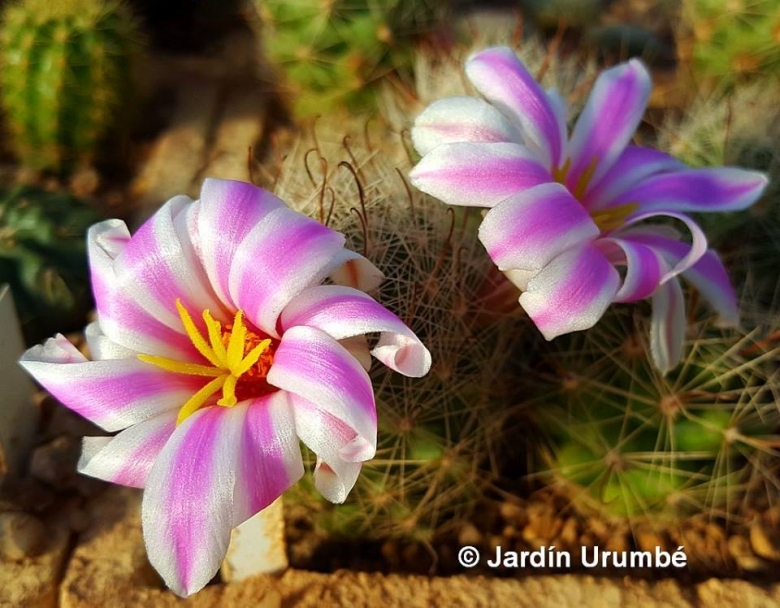
Mammillaria boolii Photo by: Alexander Arzberger
Origin and Habitat: Sonora, Mexico.
Altitude: 0-300 metres above sea level.
Habitat and Ecology: Mammillaria booliiSN|8817]]SN|3779]] is locally common, sometimes abundant in rocky soils, across coastal mountains in thin forests together with Echinocereus scopulorumSN|21773]], Echinocereus scopulorumSN|21773]], Mammillaria swingleiSN|3779]]SN|8817]] and Ferocatus emoryi. Some parts of its habitat has been destroyed for urban development.
Synonyms:
Common Names include:
RUSSIAN (Русский): Маммиллярия Бола
UKRAINIAN (Українська): Мамілярія Буля
Description: Clumping plants with soft, green or grey-green epidermis.
Stems: Up to 5 cm wide (but often more large in cultivation), with prominent rounded tubercles usually depressed globose to depressed conical when growing in habitat. While cultivated plant have (frequently) oblong offsetting stems.
Notes: Mammillaria booliiSN|3779]]SN|3779]] was once placed in the segregate genus Bartschella because of its fruit anatomy and large pink flowers located at the top of the plant. The fruit are red, thin-skinned and often break off from a basal pore rather than falling whole (like in most Mammillaria).
Bibliography: Major references and further lectures.
1) Robert T. Craig “The Mammillaria handbook: with descriptions, illustrations, and key to the species of the genus Mammillaria of the Cactaceae” E P Publishing, 1945
2) John Pilbeam “Mammillaria The Cactus File Handbook” Cirio Pub. Services, 01/Dec/1999
3) Edward Anderson “The Cactus family” Timber Press, Incorporated, 2001
4) James Cullen, Sabina G. Knees, H. Suzanne Cubey "The European Garden Flora Flowering Plants: A Manual for the Identification of Plants Cultivated in Europe, Both Out-of-Doors and Under Glass" Cambridge University Press, 11/Aug/2011
5) David R Hunt; Nigel P Taylor; Graham Charles; International Cactaceae Systematics Group. "The New Cactus Lexicon" dh books, 2006
6) Burquez Montijo, A. & Felger, R.S. 2013. Mammillaria boolii. In: IUCN 2013. "IUCN Red List of Threatened Species". Version 2013.2. <www.iucnredlist.org>. Downloaded on 02 April 2014.
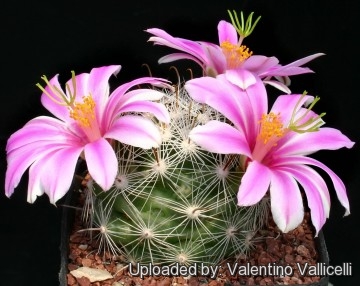 - The flowers are large, up to 3-4 cm in diameter, purplish pink, in summer, with long narrow spreading stigmata, showy, nearly as large as the plant bodies. Photo by: Valentino Vallicelli
- The flowers are large, up to 3-4 cm in diameter, purplish pink, in summer, with long narrow spreading stigmata, showy, nearly as large as the plant bodies. Photo by: Valentino Vallicelli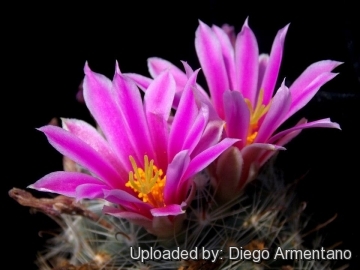 Mammillaria boolii Photo by: Diego Armentano
Mammillaria boolii Photo by: Diego Armentano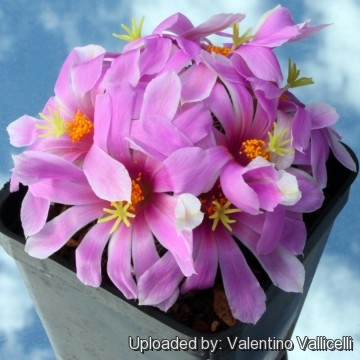 Mammillaria boolii Photo by: Valentino Vallicelli
Mammillaria boolii Photo by: Valentino Vallicelli Mammillaria boolii Photo by: Silvio Fantuzzi
Mammillaria boolii Photo by: Silvio Fantuzzi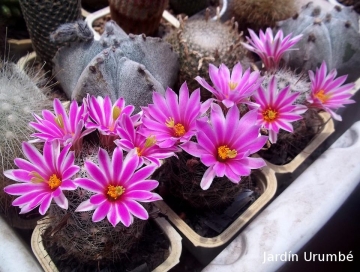 Mammillaria boolii Photo by: Alexander Arzberger
Mammillaria boolii Photo by: Alexander Arzberger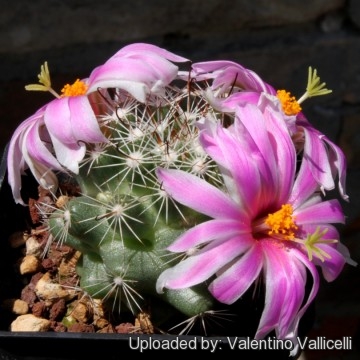 Mammillaria boolii Photo by: Valentino Vallicelli
Mammillaria boolii Photo by: Valentino Vallicelli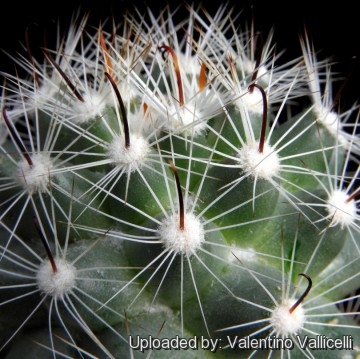 Mammillaria boolii Photo by: Valentino Vallicelli
Mammillaria boolii Photo by: Valentino Vallicelli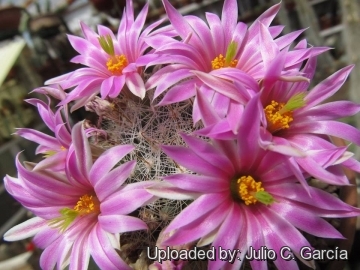 Mammillaria boolii Photo by: Julio C. García
Mammillaria boolii Photo by: Julio C. GarcíaCultivation and Propagation: This plant is somewhat difficult to cultivate. Needs good drainage as it is rot prone.
Your Photos
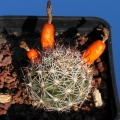
by Valentino Vallicelli

by Valentino Vallicelli

by Colin Bundred

by Cactus Art

by Andrea B.
























